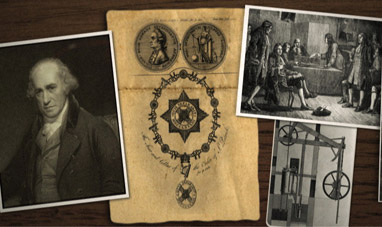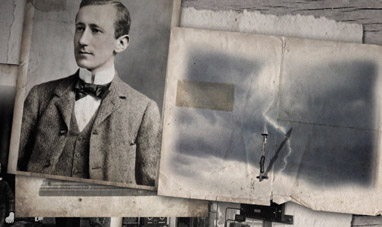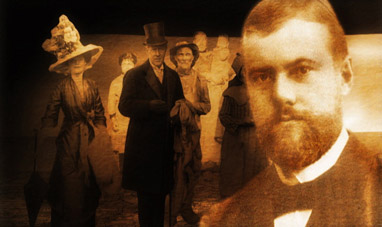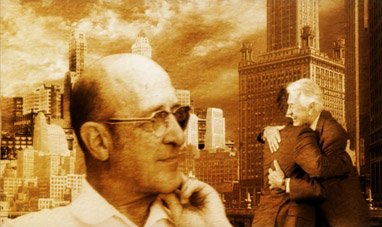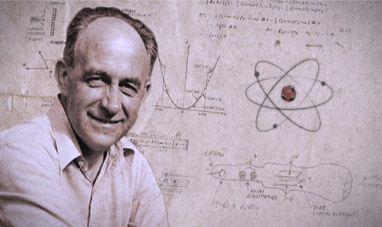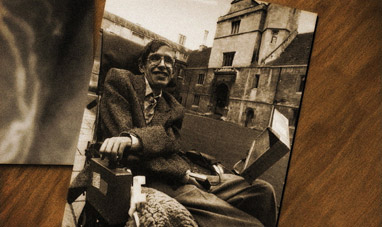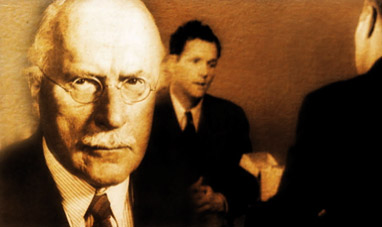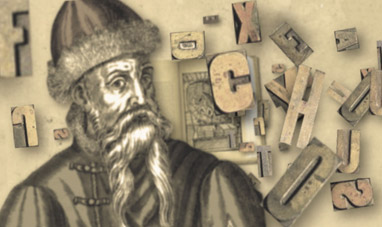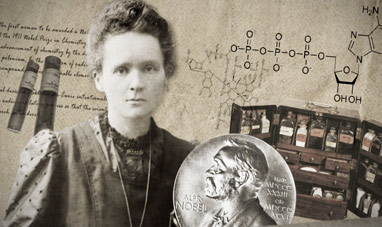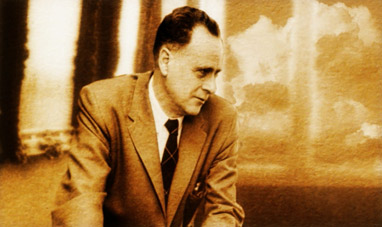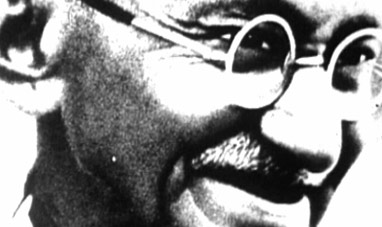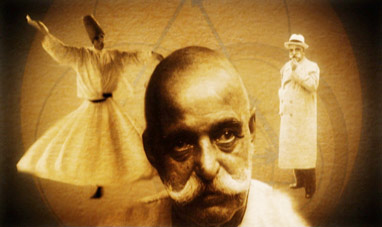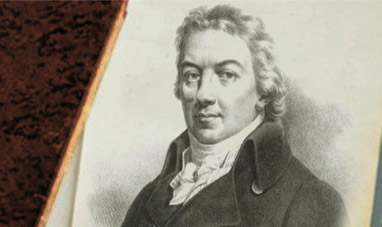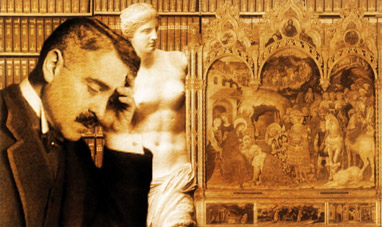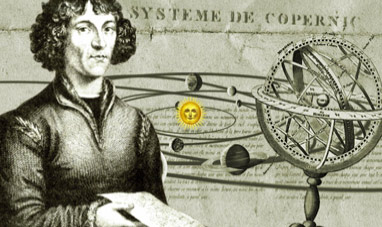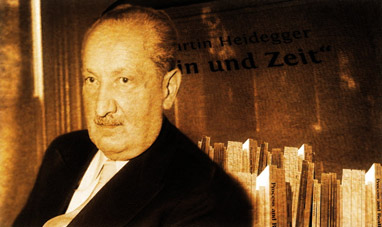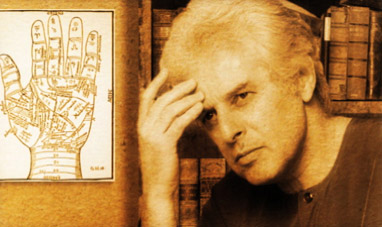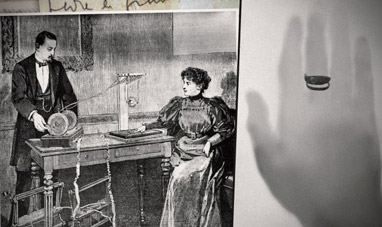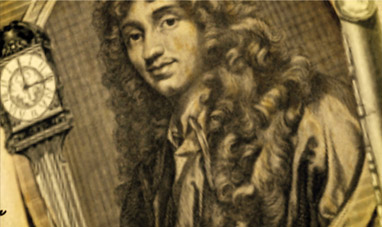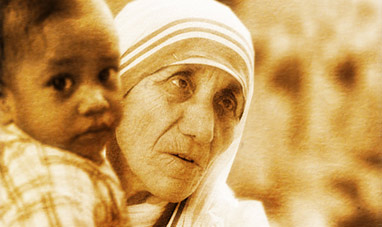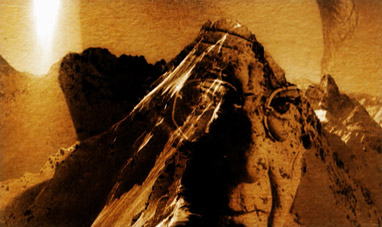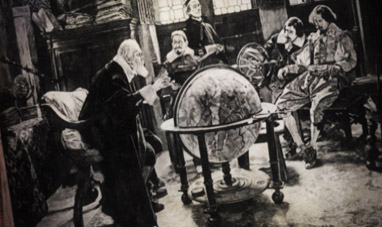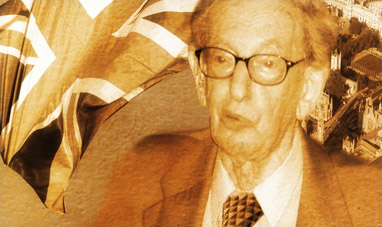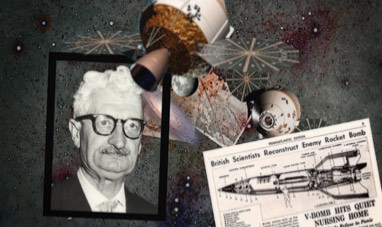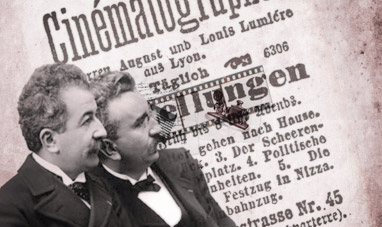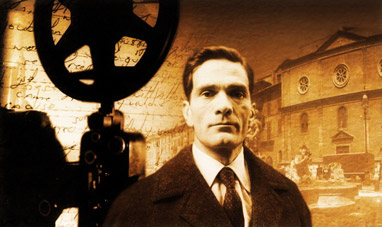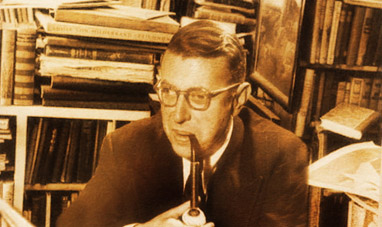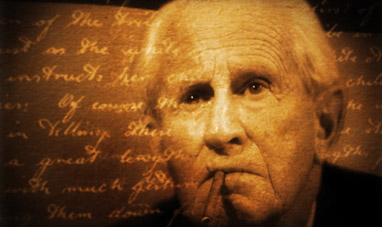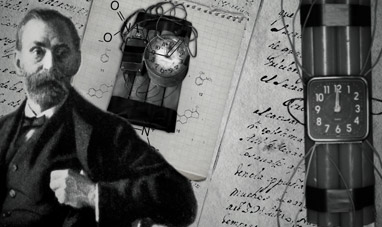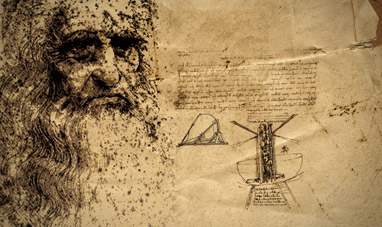Thomas Alva Edison, American entrepreneur and scientist, was one of the most prolific inventors of the nineteenth century. He played a key role in the birth of the incandescent bulb. Edison was born in the town of Milan, near Ohio, on February 11th, 1847. Born to a low- middle-class family, he soon abandoned his studies and, at 12, began to work selling newspapers on a train. He set up a laboratory on one of the wagons and it was here that he devoted himself to his first scientific experiments. In 1863 he was hired as a telegrapher by the Grand Trunk Railway, and a few years later perfected a system of quadruplex transmission, which was able to convey two messages simultaneously on the same channel. Beginning in 1868, he made a series of inventions that improved the telegraph’s operation. Thanks to the profits he earned, he was able to open a research lab in Menlo Park, New Jersey, and was soon nicknamed "the Wizard of Menlo Park" for his genius.
In 1877 he designed the carbon microphone. It consisted of a capsule filled with carbon granules. This microphone was used to enhance the voice on the telephone. That same year, Edison perfected the phonograph, a system for recording sound that used a pin to affect small furrows in tin foil. Edison's phonograph was unreliable, but it opened the door to a future of recording on vinyl discs. In 1877 he designed the carbon microphone. It consisted of a capsule filled with carbon granules. This microphone was used to enhance the voice on the telephone. That same year, Edison perfected the phonograph, a system for recording sound that used a pin to affect small furrows in tin foil. Edison's phonograph was unreliable, but it opened the door to a future of recording on vinyl discs. In 1879, he presented the first incandescent light bulbs to the public. Thanks to the filament in carbonized cotton that Edison employed, the first light bulb emitted light for 40 hours. Three years later, the Edison Electric Light Company, was founded and produced 100 million light bulbs a year.
After perfecting the operation of the generator, Edison opened the first power plant in the world in September of 1882 in New York. It was during these years that the American scientist tried in vain to promote a system of direct current, defending it against alternating current, which is more efficient and was developed by the Serbian Nikola Tesla. This battle will eventually lead to the standard AC system later developed by Westinghouse. In 1883 Edison observed the emission of electrons from heated metal surfaces: it was the so-called thermoelectric effect, which would be be the basis for the future development of televisions and computers. In 1891 Edison invented the Kinetescope in collaboration with William Dickson. This device allowed the user to watch short films consisting of images shown in rapid succession. Attempting to sync the photos of the Kinetoscope with the phonograph in 1913, Edison presented a preview of what would become the talking picture or “talkies”. Among his other inventions were the nickel-iron battery, the ancestor of the batteries used today, and a system of wireless telegraphy installed on trains. During his lifetime Edison filed about 1093 patents and died in West Orange, New Jersey, on October 18th, 1931, at the age of 84.
In 1877 he designed the carbon microphone. It consisted of a capsule filled with carbon granules. This microphone was used to enhance the voice on the telephone. That same year, Edison perfected the phonograph, a system for recording sound that used a pin to affect small furrows in tin foil. Edison's phonograph was unreliable, but it opened the door to a future of recording on vinyl discs. In 1877 he designed the carbon microphone. It consisted of a capsule filled with carbon granules. This microphone was used to enhance the voice on the telephone. That same year, Edison perfected the phonograph, a system for recording sound that used a pin to affect small furrows in tin foil. Edison's phonograph was unreliable, but it opened the door to a future of recording on vinyl discs. In 1879, he presented the first incandescent light bulbs to the public. Thanks to the filament in carbonized cotton that Edison employed, the first light bulb emitted light for 40 hours. Three years later, the Edison Electric Light Company, was founded and produced 100 million light bulbs a year.
After perfecting the operation of the generator, Edison opened the first power plant in the world in September of 1882 in New York. It was during these years that the American scientist tried in vain to promote a system of direct current, defending it against alternating current, which is more efficient and was developed by the Serbian Nikola Tesla. This battle will eventually lead to the standard AC system later developed by Westinghouse. In 1883 Edison observed the emission of electrons from heated metal surfaces: it was the so-called thermoelectric effect, which would be be the basis for the future development of televisions and computers. In 1891 Edison invented the Kinetescope in collaboration with William Dickson. This device allowed the user to watch short films consisting of images shown in rapid succession. Attempting to sync the photos of the Kinetoscope with the phonograph in 1913, Edison presented a preview of what would become the talking picture or “talkies”. Among his other inventions were the nickel-iron battery, the ancestor of the batteries used today, and a system of wireless telegraphy installed on trains. During his lifetime Edison filed about 1093 patents and died in West Orange, New Jersey, on October 18th, 1931, at the age of 84.

